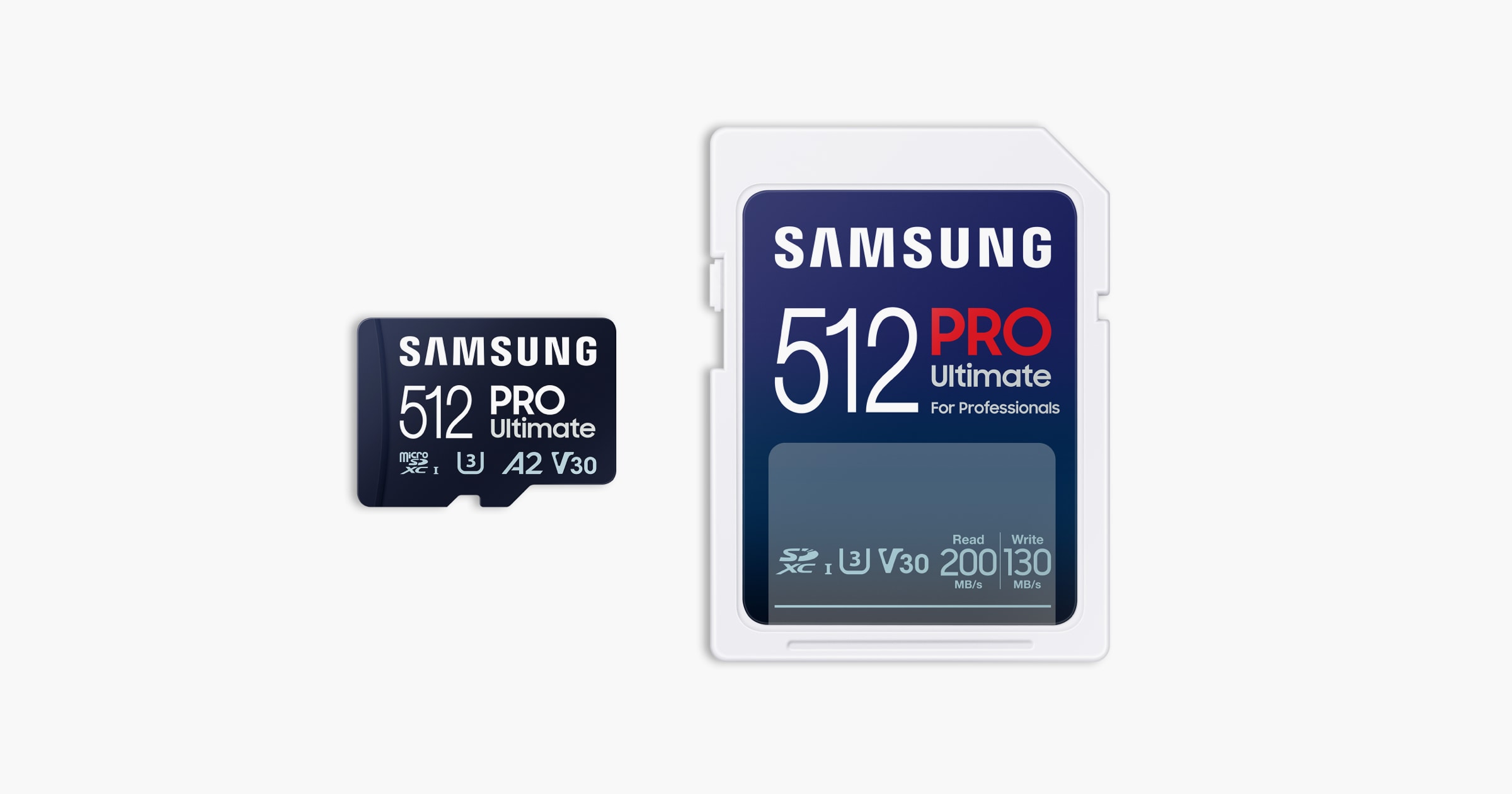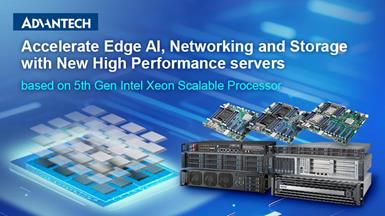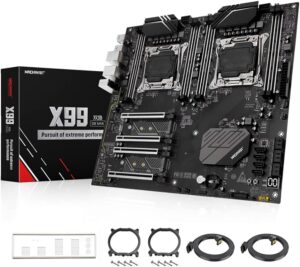No, a CPU cannot store data; it processes data. Storage is handled by components such as RAM and hard drives.
Understanding the role of each computer component is essential in recognizing how a system manages data. The Central Processing Unit (CPU) is often referred to as the brain of the computer, tasked with executing instructions and running software through its computational power.
Designed for speed rather than storage, CPUs process the data they receive from the computer’s memory units. For actual data storage, computers rely on other hardware such as Random Access Memory (RAM), which temporarily holds data for quick access by the CPU, and hard drives or solid-state drives, which store data permanently or until the user decides to delete it. These components work in conjunction for smooth computer operations, keeping the CPU free to focus on processing tasks without the burden of long-term data storage.

Credit: semiconductor.samsung.com
The Role Of Cpu In Data Processing
The Role of CPU in Data Processing can’t be overstated. It’s the brain of your computer. It handles every bit of data. Imagine your CPU as a busy bee. It collects data, processes it, and sends it out to create the sweet honey of results you see on your screen. Now, let’s dive into how it does all this magic!
Central Processing Unit Fundamentals
The CPU has a big job. It tackles complex tasks to make our tech lives smooth. It’s made of millions of tiny parts. These parts work fast to manage everything your computer does. CPUs are amazing workers. They can handle billions of tasks in just a second. Without them, computers would be useless.
| Component | Function |
|---|---|
| Core | Performs tasks and calculations. |
| Cache | Stores important data temporarily for quick access. |
| Control Unit | Directs operations within the processor. |
| ALU (Arithmetic Logic Unit) | Handles math and logic operations. |
Data Handling By The Cpu
Let’s peek at how the CPU works with data. First, it takes in data from your inputs. Next, it processes this data with speed. Then, it stores the necessary bits for quick access. Finally, it sends instructions to other parts of the computer. This process runs in a loop, allowing you to work or play without a hitch!
- Fetch: Gets instructions from the computer’s memory.
- Decode: Works out what the instructions mean.
- Execute: Carries out the instructions.
- Store: Saves the results for future use.
The CPU is a master of data, but it doesn’t store it long-term. That’s for the hard drive or SSD. The CPU is more like a whizzing workspace. It uses a tiny bit of storage called cache. This lets it reach the data it needs super quickly. It’s all about speed and efficiency!
Processor Memory Explained
Think of a CPU like a brain. To make quick decisions, it needs to remember certain things. That’s where processor memory comes in. It’s not like the big storage in your computer but a special kind that helps the CPU act fast. Let’s explore how this memory works and what types exist inside a CPU.
Types Of Memory Inside A Cpu
A CPU uses different kinds of memory to handle tasks. Each type has a unique role.
- Registers: These are tiny memory spots. They hold data the CPU is currently using.
- Cache: This is fast memory. It keeps favorite data of the CPU for quick access.
- RAM: It’s not inside the CPU but very important. It acts like a desk, holding files the CPU needs soon.
Understanding Cpu Cache
CPU cache keeps tasks speedy by storing data the CPU uses a lot. Think of it as a small basket of tools the CPU might need quickly rather than having to go to the big toolbox each time.
| Cache Level | Location | Size | Speed |
|---|---|---|---|
| L1 | Inside CPU | Small | Very Fast |
| L2 | Inside CPU | Medium | Fast |
| L3 | On CPU or separate chip | Large | Quick |
Every time the CPU does something, it checks the cache first. An L1 cache is the smallest but the quickest. Then comes L2, a bit bigger and still fast. Lastly, L3 cache is the largest and a little slower but holds more data. They all work together to make your computer fast.
Myths Vs. Facts About Cpu Data Storage
Welcome to the intriguing world of CPU data storage, where fact often gets entangled with fiction. In this post, we distinguish between the myths and realities of what CPUs can do with data. Understanding these distinctions is key to grasping computer fundamentals.
Popular Misconceptions
Let’s debunk some common myths:
- CPUs hold your files and photos: Unlike hard drives or SSDs, CPUs do not store personal data.
- Once powered off, CPUs keep data: CPUs lose all data once the power goes off, as they need electricity to retain information.
- CPUs have vast storage space: CPUs deal with immediate tasks and don’t store vast amounts of data like storage drives.
Real Capabilities Of Cpu Memory
Here’s what CPUs actually do:
| Type | Function |
|---|---|
| Registers | Immediate data manipulation for ongoing processes |
| Cache | Short-term data access speeding up CPU tasks |
| R.A.M. Integration | Work in tandem with RAM for temporary data holding |
CPUs process data but do not store files long-term. Register and cache enable quick access during active tasks. They work together with RAM, not for storage, but for efficient processing.
&wid=480&hei=270)
Credit: www.intel.com
Long-term Vs. Short-term Memory
Understanding your computer’s memory is like learning about a superhero’s powers. Computers have two main types of memory. One holds things for a short time. Another keeps things for much longer. Let’s explore the differences.
Differences Between Cpu And Ram
Think of the CPU as your computer’s brain. It thinks and works on tasks. But it can’t remember things for long. That’s where RAM comes in. RAM is like a big desk. It holds everything the CPU needs right now. When the work is done, it clears the desk for new tasks.
- CPU: Quick thinking, but forgets fast.
- RAM: Holds more and remembers longer while the computer is on.
| CPU | RAM |
|---|---|
| Fast calculations | Stores current tasks |
| Short-term process | Short-term storage |
| Forgets after task | Clears when power is off |
The Volatility Of Processor Memory
CPU memory is volatile. When you turn off your computer, the CPU forgets everything. RAM also loses information without power. But there’s a special memory called storage. This is like a closet for keeping things even when the power is off. Hard drives and SSDs are storage. They remember for the long term.
- Storage (HDD, SSD): Keeps files and data even when your computer sleeps.
How Cpus Manage Data
Understanding how CPUs manage data is crucial to comprehending the overall function of computers. The Central Processing Unit (CPU) acts as the brain of your device, handling instructions and processing data. This control center must manage data effectively to perform operations seamlessly.
Data Pathways In Modern Computers
Data moves through a system via a network of pathways. These pathways, called buses, connect the CPU to memory and various peripherals, enabling the exchange of information.
- Data bus: Carries actual data between the CPU, memory, and other components.
- Address bus: Determines the location of data within memory.
- Control bus: Manages the use of the data and address buses.
The efficient design of these data pathways directly impacts computer speed and performance.
Role Of The Cpu In System Performance
The CPU impacts system performance largely through processing speed and multitasking capabilities. A fundamental unit within the CPU, known as the Arithmetic Logic Unit (ALU), directly executes arithmetic and logic operations.
| CPU Component | Function |
|---|---|
| Registers | Store data temporarily for quick access during operations |
| Cache | Speeds up data access from the main memory |
| Clock Rate | Determines the speed at which a CPU processes instructions |
The CPU achieves optimal performance when it processes data swiftly, leveraging this combination of elements.
Future Of Cpu Memory Technology
CPU memory technology is soaring to new heights. Imagine computers that are faster and smarter than ever before. The way CPUs store and manage data is evolving. This change promises to transform how we use technology in our daily lives. Let’s explore the exciting trends shaping the future of CPU memory.
Emerging Trends In Processor Design
- Integrated Memory: CPUs may soon come with built-in, high-speed memory.
- 3D Stacking: This method stacks memory layers, making CPUs quicker and more efficient.
- Optical Interconnects: Using light instead of electricity could speed up data transfer dramatically.
Implications Of Advancements In Cpu Memory
Advancements in CPU memory have far-reaching impacts.
| Advancement | Implications |
|---|---|
| Speed | Devices process information in a blink. |
| Efficiency | Less power is needed, extending battery life. |
| Capacity | More data can be stored and used at once. |
| Cost | New techniques could lower production costs. |

Credit: semiconductor.samsung.com
Frequently Asked Questions On Can Cpu Store Data
Does A Cpu Have Storage Capabilities?
No, a CPU cannot store data in the long term. It’s designed for processing only. However, CPUs have small amounts of temporary storage known as registers that hold data or instructions for immediate use during processing tasks.
Can A Cpu Retain Data After Power Is Off?
CPUs do not retain data after power is shut off. The data held in CPU registers is volatile and gets lost once the power supply is interrupted. For permanent storage, data is saved to non-volatile storage devices like SSDs or HDDs.
How Does A Cpu Use Memory To Store Data?
CPUs use RAM (Random Access Memory) to store data temporarily during processing. Data is loaded from long-term storage into RAM for quick access by the CPU since RAM speeds up the data retrieval and execution process.
What Is Cache Memory In A Cpu?
Cache memory is a small, speedy memory layer in a CPU. It stores frequently accessed data to quicken retrieval times. The CPU uses cache to avoid repetitive access to slower main memory, thus enhancing processing speed.
Conclusion
Wrapping up, the role of a CPU is to process data, not store it long-term. Memory units like RAM and hard drives handle storage. For keeping your information secure and accessible, relying on these is essential. Remember, knowledge of component functions optimizes computing efficiency.
Keep your data flow smooth by using CPUs for what they do best—crunching numbers in the moment.



